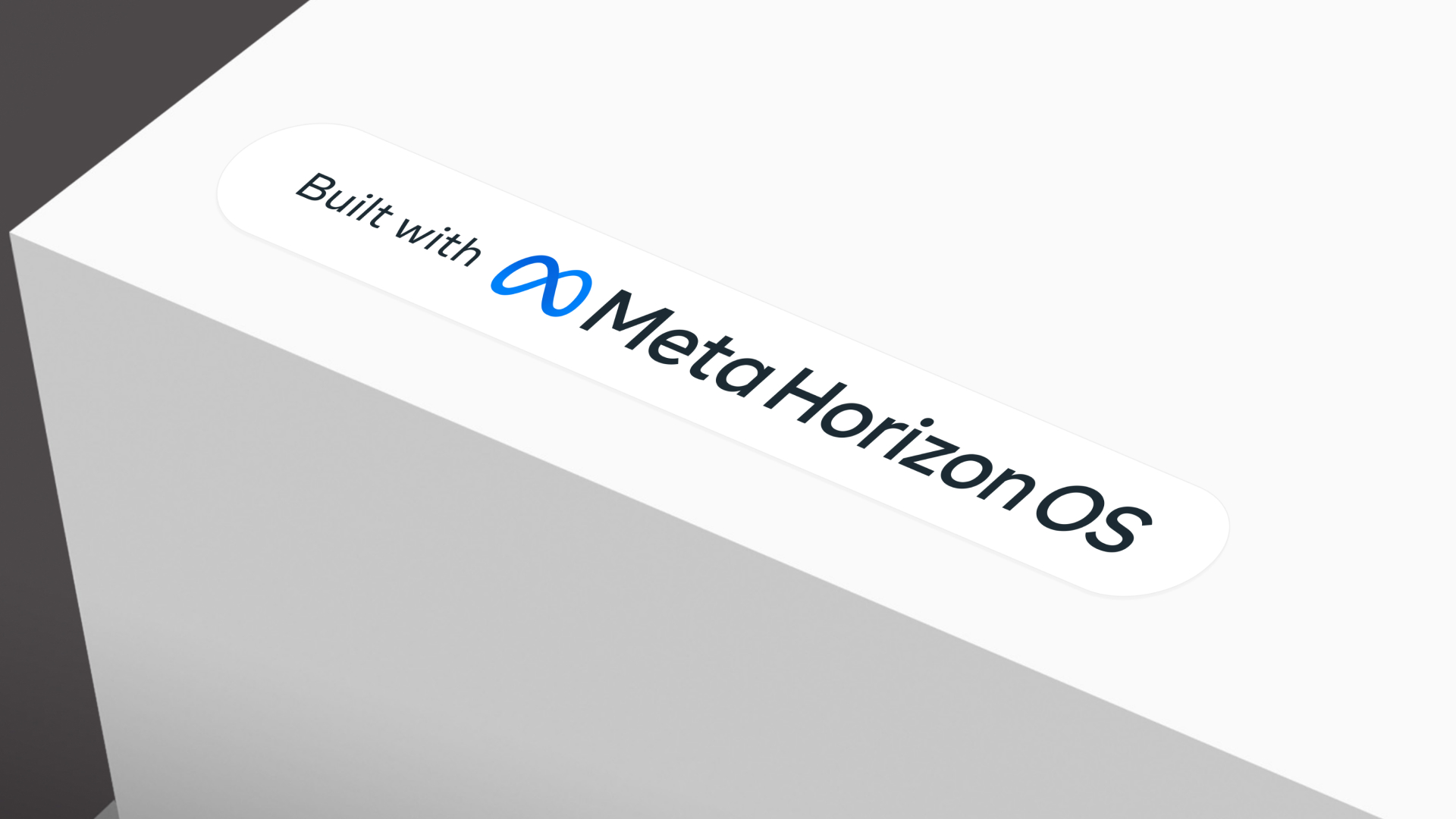Today, we’re taking a major step toward our vision for a more open computing platform for the metaverse. We’re opening up the operating system that powers our Meta Quest devices to third-party hardware makers, giving developers a larger ecosystem to build for and ultimately creating more choice for consumers. This platform is the product of a decade of investment into the underlying technologies that enable mixed reality, and opening it up means a lot more people will benefit from that investment. We’re working with leading global technology companies to create a new ecosystem of mixed reality devices, and we’re making it even easier for developers to build mixed reality apps.
We believe a more open ecosystem is the best way to bring the power of mixed reality to as many people as possible. With more devices, this new ecosystem will offer more choice to consumers and businesses around the world. Developers will have a much larger range of hardware that can run their apps, and more device makers will expand their market to a wider range of users, much like we’ve seen with PCs and smartphones.
Introducing Meta Horizon OS
This new hardware ecosystem will run on Meta Horizon OS, the mixed reality operating system that powers our Meta Quest headsets. Meta Horizon OS combines the core technologies that power today’s mixed reality experiences with a suite of features that put social presence at the center of the platform.
Meta Horizon OS is the result of a decade of work at Meta to build a next-generation computing platform. To pioneer standalone headsets, we developed technologies like inside-out-tracking and self-tracked controllers. To allow for more natural interaction systems and social presence, we pioneered hand, eye, face and body tracking. And for mixed reality, we built a full stack of technologies for blending the digital and physical worlds, including high-resolution Passthrough, Scene Understanding and Spatial Anchors. This long-term investment that began on the mobile-first foundations of the Android Open Source Project has produced a full mixed reality operating system used by millions of people.
Developers and creators can take advantage of all these technologies to create mixed reality experiences. And they can reach their audiences and grow their businesses through the content discovery and monetization platforms built into Meta Horizon OS, including the Meta Quest Store, which we’ll rename the Meta Horizon Store.
The social layer of Meta Horizon OS means people’s identities, avatars, social graphs and friend groups can move with them across virtual spaces, and developers can integrate these social features into their apps. And because this social layer is made to bridge multiple platforms, people can spend time together in virtual spaces that exist across mixed reality, mobile and desktop devices. Meta Horizon OS devices will also use the same mobile companion app that Meta Quest owners use today, which we’ll rename to the Meta Horizon app.
A New Generation Of Hardware
Leading global technology companies are already working to bring this new ecosystem to life with new devices built on Meta Horizon OS:
- ASUS’s Republic of Gamers will use its expertise as a leader in gaming solutions to develop an all-new performance gaming headset.
- Lenovo will draw on its experience co-designing Oculus Rift S, as well as deep expertise in engineering leading devices like the ThinkPad laptop series, to develop mixed reality devices for productivity, learning, and entertainment.
- Xbox and Meta teamed up last year to bring Xbox Cloud Gaming (Beta) to Meta Quest, letting people play Xbox games on a large 2D virtual screen in mixed reality. Now, we’re working together again to create a limited-edition Meta Quest, inspired by Xbox.
All of these devices will benefit from Meta’s long-term partnership with Qualcomm Technologies, Inc., which builds the Snapdragon® processors that are tightly integrated with our software and hardware stacks.
A More Open App Ecosystem
As we begin opening Meta Horizon OS to more device makers, we’re also expanding the ways app developers can reach their audiences. We’re beginning the process of removing the barriers between the Meta Horizon Store and App Lab, which lets any developer who meets basic technical and content requirements release software on the platform. App Lab titles will soon be featured in a dedicated section of the store on all our devices, making them easy for larger audiences to discover.
We’re also developing a new spatial app framework that helps mobile developers create mixed reality experiences. Developers will be able to use the tools they’re already familiar with to bring their mobile apps to Meta Horizon OS or to create entirely new mixed reality apps.
Consumers and developers alike will benefit from an ecosystem where multiple hardware makers build on a common platform. We look forward to continuing on this journey to bring mixed reality to more people.



